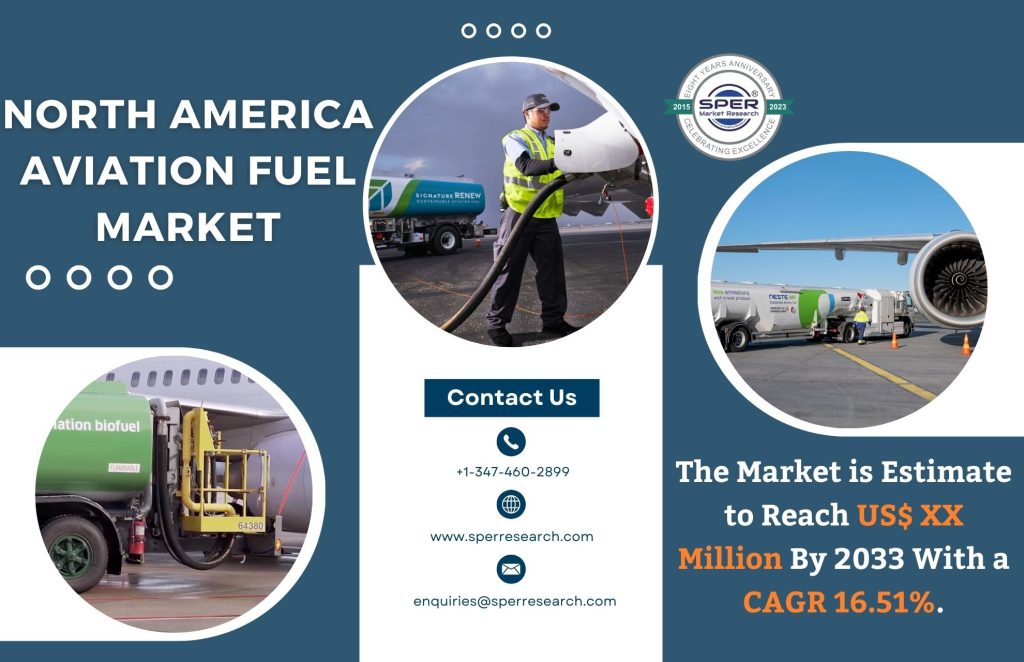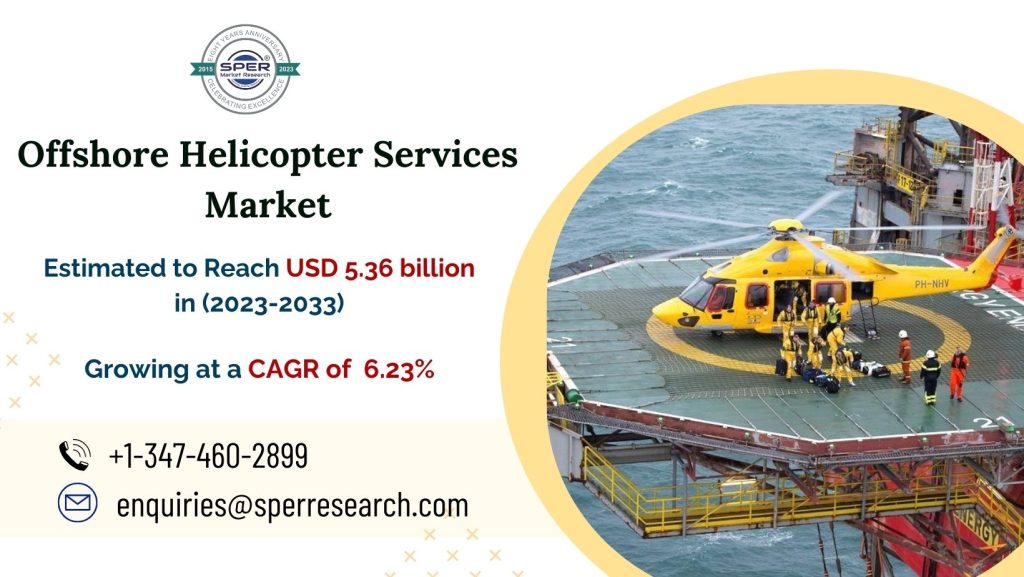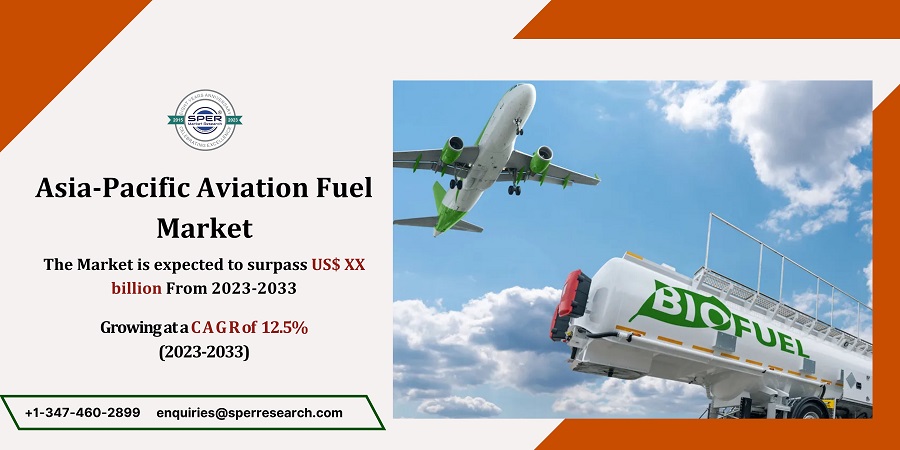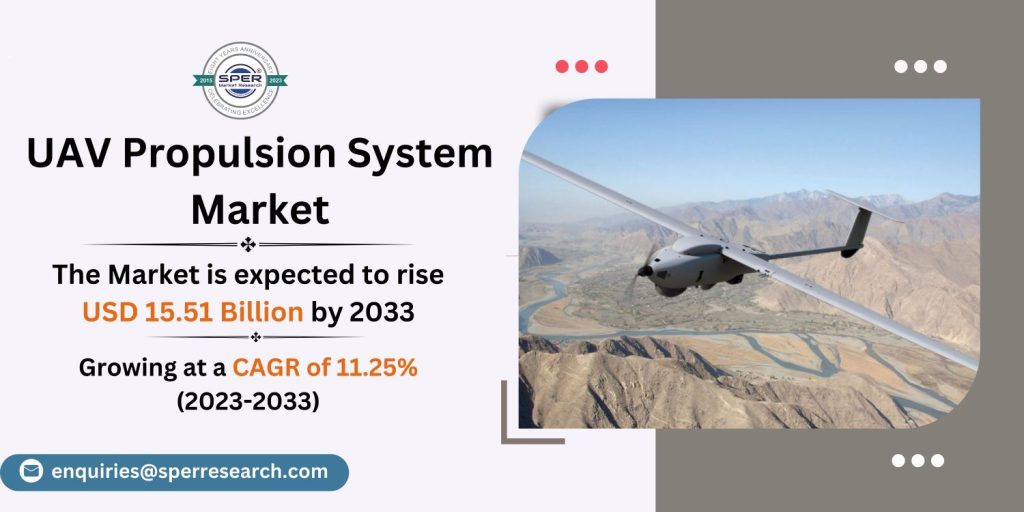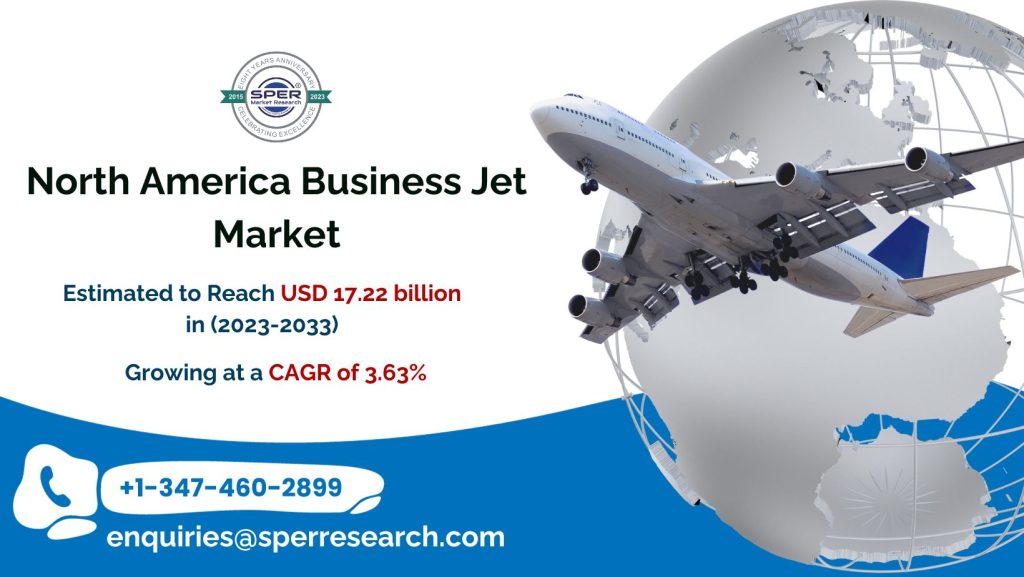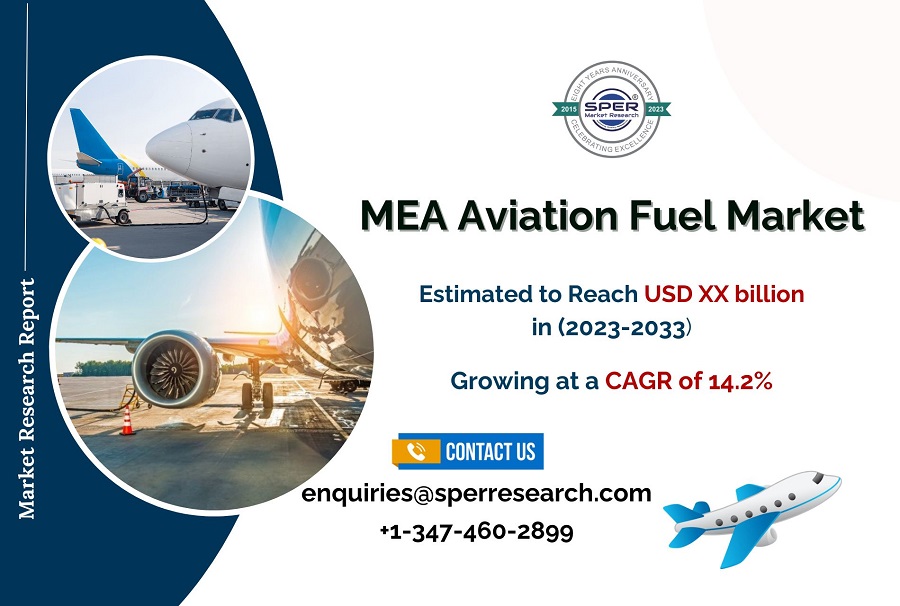Aircraft are powered by aviation fuel, which is produced from refined petroleum and comes in a variety of forms. The expansion of the aviation sector in many developing countries and the growing appeal of air travel are the main factors driving the increased demand for aviation fuel. All market participants should expect significant potential during the research period due to the development of the newest aviation fuels and the growing demand for low-cost airlines. The aviation fuel sector may encounter various challenges in its growth, including strict environmental laws and volatile crude oil prices.
According to SPER market research, ‘North America Aviation Fuel Market Size – By Fuel Type, By Application – Regional Outlook, Competitive Strategies and Segment Forecast to 2033’ state that the North America Jet Fuel Market is predicted to reach USD XX million by 2033 with a CAGR of 16.51%.
Drivers:
Several factors driving the industry include the increasing number of air travelers as a result of recent airfare reductions, bettering economic conditions, and increasing disposable income. Air travel has also increased demand for aviation fuel as a result of the region’s robust economic expansion and rising levels of disposable income. This demand is further supported by an expanding low-cost airline network and an expanding aircraft fleet. The optimization of fuel usage resulting from technological advancements in engine efficiency and aircraft design is expected to further enhance the market’s growth trajectory. Moreover, legislation requiring a reduction in carbon emissions and a greater emphasis on environmental sustainability are driving the usage of sustainable aviation fuels (SAFs), opening up new market prospects.
Challenges:
A multitude of major challenges that impede the growth and expansion of the North American aviation fuel market shape it. One of the biggest challenges is the volatility of crude oil prices, which directly impacts the cost of aviation fuel and the overall profitability of the supply chain. Geopolitical turmoil and global economic instability can further increase the unpredictability of price fluctuations for market participants. Industry participants also have a hard time adhering to stringent laws intended to lower carbon emissions and advance environmental sustainability. Using sustainable aviation fuels (SAFs) requires significant investments in infrastructure, R&D, and research, and there are both financial and logistical challenges to overcome.
Request For Free Sample Report @ https://www.sperresearch.com/report-store/north-america-aviation-fuel-market.aspx?sample=1
Impact of COVID-19 on North America Aviation Fuel Market
The COVID-19 epidemic has caused unprecedented hurdles for industry participants and has had a substantial impact on the aviation fuel business in North America. Airlines were compelled to suspend fleets and reduce flying frequency due to travel restrictions, border closures, and a dramatic decline in demand for passenger air travel. The amount of aviation fuel used as a result was significantly reduced. The abrupt decline in demand resulted in storage issues and an excess of fuel, which led to fluctuations in fuel prices and chaotic supply networks. In addition, the pandemic’s aftermath’s economic collapse made matters worse by placing financial strain on airlines, who made every effort to reduce expenses.
North America Aviation Fuel Market Key Players:
Additionally, some of the market key players are Allied Aviation Services Inc, BP PLC, Chevron Corporation, Exxon Mobil Corporation, Honeywell International Inc.
North America Aviation Fuel Market Segmentation:
The SPER Market Research report seeks to give market dynamics, demand, and supply forecasts for the years up to 2033. This report contains statistics on product type segment growth estimates and forecasts.
By Fuel Type: Based on the Fuel Type, North America Aviation Fuel Market is segmented as; Air Turbine Fuel, Aviation Biofuel, AVGAS.
By Application: Based on the Application, North America Aviation Fuel Market is segmented as; Commercial, Defence, General Aviation.
By Region: This research also includes data for United States, Canada, Rest of North America.
This study also encompasses various drivers and restraining factors of this market for the forecast period. Various growth opportunities are also discussed in the report.
For More Information, refer to below link:-
North America Aviation Fuel Market Future Outlook
Related Reports:
Follow Us –
LinkedIn | Instagram | Facebook | Twitter
Contact Us:
Sara Lopes, Business Consultant – U.S.A.
SPER Market Research
+1-347-460-2899
